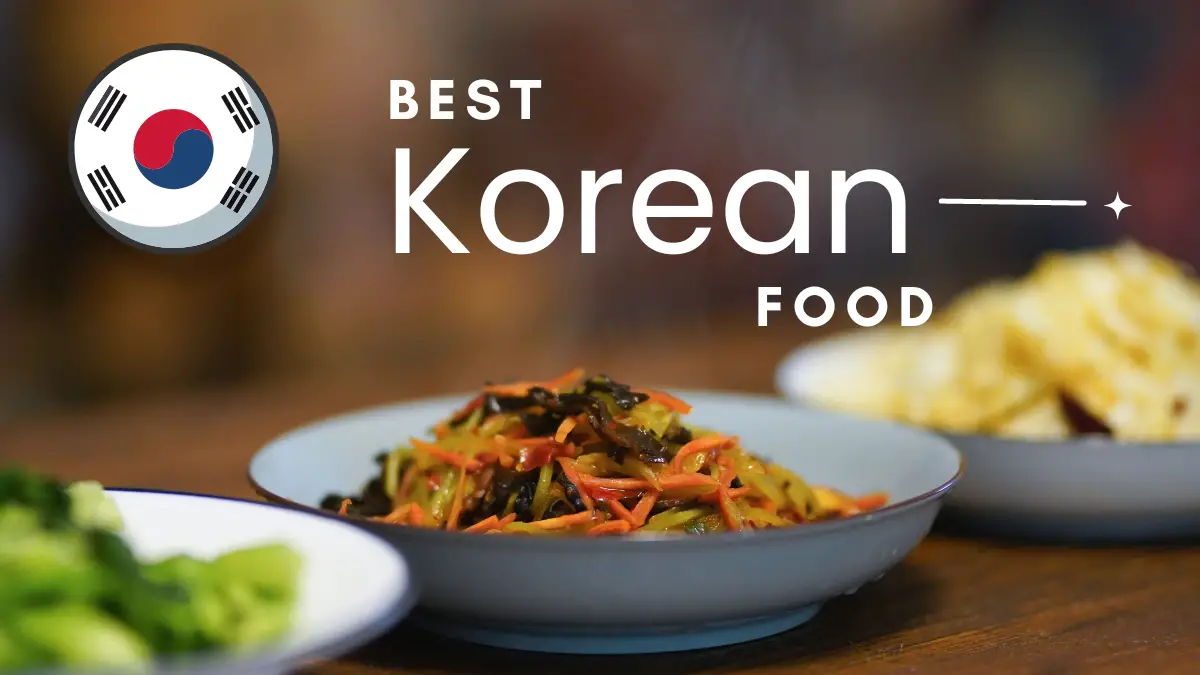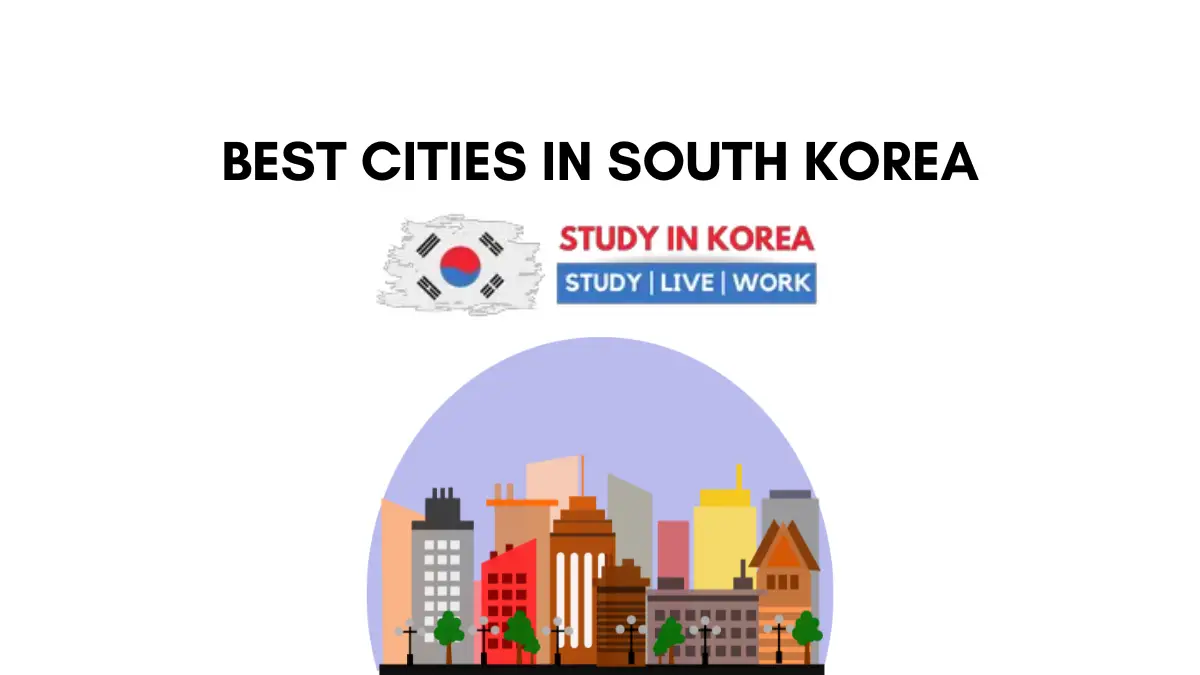
Best Korean Food You must Taste in Soul
In colorful Seoul, you can get excellent Korean food. Almost anywhere, from street sellers in little passageways to fancy food places within 5-star hotels. Many of these dishes have been enjoyed by Korean royal families solely for more than 2,000 years.
Korean cuisine is now so well-known to both residents and visitors. Everyone praises it as a delicious, spicy, hearty, and nutrient-rich delicacy that can be savored any time of day. We’ve put together a list of the best Korean dishes in Seoul that you really must try while you’re there.
Kimchi
This traditional best Korean food has a history deep and extensive more than 2,000 years from the Shilla Royal family. Korean cabbage, radishes, pumpkin, onions, ginger, scallions, chili powder, chopped garlic, and salty fish are blended to produce kimchi. Which is then allowed to marinate.
This native dish, with more than 200 versions present in Seoul, is enjoyed by itself with white rice, and as an ingredient in cereals, sauces, and rice cakes. Additionally, kimchi serves as the foundation for numerous foods that are derived from it. Which includes kimchi fried rice, kimchi pancakes, and kimchi stew (kimchi jjigae).
Bibimbap
A nourishing and healthy dish that is commonly offered in restaurants and hotels, food outlets, and food stalls is bibimbap. Which you really must taste whenever you are in Seoul as the best Korean food. Bibimbap can be offered as either an animal flesh dish or as a vegetarian version, based on the location and flavorings involved.
Steamed rice, beef or chicken, egg yolk, mixed veggies, soy sauce, and a dab of jalapeno paste are the ingredients of the most popular type of bibimbap. Hoedeopbap is a variant of a classic Korean mixed rice meal. That is perfect for seafood fans, who swap the meat for fresh fish like tuna, salmon, or crab.
Red rice cakes (tteokbokki)
Thick strips of garaetteok (boiled rice cake), salmon cake, scallions, sliced garlic, salt, sugar, and other veggies are cooked in sweet red chili sauce to make tteokbokki, a classic Korean sidewalk snack. This well-liked appetizer is mostly offered by smaller food shops and sidewalk sellers. This is recognized by its vivid red-orange color.
Bulgogi
Thin strips of marinated steak ribeye are cooked with chopped onions, bell peppers, and minced garlic over coal to produce the distinctively smokey aroma of bulgogi. To improve the flavor and softness of the meat, it is rested for 2 to 4 hours before grilling in a combination of soy sauce, sesame oil, black pepper, garlic, red onions, ginger, and honey.
Alongside ssamjang (a spicy paste) and kimchi. This is frequently served with a side of lush leaves like cabbage and spinach. These are served to wrap a piece of grilled beef.
Korean stew (jjigae)
Jjigae comes in a wide variety of flavors in Seoul. This Korean stew is made with beef, fish, or veggies in a stew that has been spiced with gochujang, gaenjang, soybeans paste, or salty dried shrimp (saeujeot). Jjigae has a texture close to a European stew and is generally presented as a palette cleanser in heavier courses.
Budae jjigae (army stew), which includes ham, sausage, and Spammer flesh as well as ramyeon egg noodles and rice cakes blended with gochujang sauce for a hot tang, is another well-known jjigae appetizer in Seoul.
Jajangmyeon
Jajangmyeon is a hybrid cuisine of Korean and Chinese cuisine. That includes thicker hand-made wheat spaghetti and is garnished with fresh cucumber pieces, salty black soybeans sauce, chopped pork, and veggies. This tremendous noodle cuisine, which starts at 5,000 won, is fantastic for when you desire a homecooked meal.
Additionally, singles typically consume it on Black Day, which is observed annually on April 14. On Valentine’s Day, those who do not get gifts dress in all black. They also congregate to eat foods in black color, including jjajangmyeon.
Read about Korean Best Universities for Study in Korea
Samgyeopsal
Another typical Korean meal, samgyeopsal, cooks thick strips of pork belly on a grill straight at the dining and needs just modest cooking expertise. Following that, it is rolled in spinach or lotus leaves and served with dipping sauces and toppings including kimchi, button mushrooms, scallions, mashed garlic, and green jalapenos.
Korean fried chicken
Korean roasted chicken reimagines classic American fast food in a distinctive special way. Apart from its American alternatives, the chicken is double-fried in vegetable oil before being covered in a sweet-spicy sauce. Some places include green pepper within the batter for a stronger kick.
As an outcome, the interior of the meat is extremely juicy, and the softly fried coating is crispy and low in fat. It is a well-liked late-night treat that is usually paired with beer.
Spicy cold noodles (bibim nengmyun)
The ingredients for bibim nengmyun are presented in a stainless steel container together with a cold soup. The other side dishes are cold-boiled meat chunks, thinly sliced cucumbers, and Korean pear cut into pieces. Although other variants also contain seaweed and green tea, the long, thin spaghetti. Which is frequently made from grain and wheat or red potatoes.
Spaghetti, which symbolizes long life and good health, is mostly offered uncut, although customers can ask servers to cut the noodles to their liking.
Ginseng chicken soup (samgyetang)
Samgyetang (chicken ginseng soup) is frequently enjoyed by the natives between June and early September. Because they think that the body needs to renew its vitality throughout the summer.
A little springtime chicken filled with chestnut, garlic powder, dried jelly bellies, ginseng, sticky rice, and ginkgo nuts forms the base of this healthy soup. The mixture is then slowly heated until the beef is quite soft. Rich soup has a vaguely bitter yet pleasing flavor.
You may be interested to Visit Korea Read the Guidelines about – South Korea Tourist Visa
Share this content:





